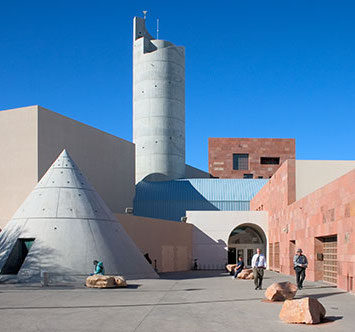
I never knew my grandfather. I am told he suffered from alcoholism and was abusive. When my dad was three years old my grandmother left him and raised their two children as a single parent. At that time it took a tough, determined woman to make things work … and she was. The separation was decisive. There was no contact after the separation, and neither my grandmother nor father ever willingly spoke about my grandfather — it was something that was rarely discussed. My grandmother never remarried until she was in her 70s.
My oldest sister, our self-appointed family historian, got curious as a young adult and discovered that our grandfather had been institutionalized for decades.
Unfortunately, he had been discharged years earlier as part of the massive release of mentally ill from federally funded institutions in the eighties. Most of these folks — left on the streets to fend for themselves — could not support themselves and became homeless. Life on the streets is brutal, and we are fairly confident that my grandfather passed on shortly after being discharged. As a consequence I don’t look at a homeless person the same way many do … one of them could be my grandfather. Regardless, they are certainly someone’s child, perhaps a parent, or grandparent.
Today most cities and communities struggle with how to handle homelessness. The government estimates there are more than 554,000 people that do not have formal shelter in the United States. This is a 1 percent increase from last year — the first rise in homelessness in more than a decade. Of these half a million souls it is estimated 40–50 percent could support themselves if they had a hand up. The remaining 50–60 percent suffer from various forms of mental illness or addictions, which makes it difficult if not impossible for them to be self-reliant. The question is how do we help folks that can become self-supporting and treat the individuals that need ongoing assistance?
I recently caught wind of the City of Las Vegas’ plans to abandon a library (shown here) designed by the world class, southwest architect Antoine Predock because it was over-run by the homeless. The plan is to build a new library in a less accessible location and then repurpose the existing structure. This is not an isolated problem; many cities struggle with the same issue. Libraries are a public facility and can provide the homeless a place to rest, use the restroom and perhaps read the paper or get on-line. Although open and free to the public these facilities were not designed and staffed to handle the complex needs of the homeless population.
Despite the difficulty surrounding these issues, it is absurd for any community to abandon world-class public infrastructure because it can’t effectively address homelessness. Everyone deserves to be treated with dignity and respect. The homeless are fellow human beings — many of whom need our sustained assistance. I can’t help but wonder what would happen if we took the public funds used for additional police patrols, fences, gates, new libraries etc. and actually took care of those that needed help. I suspect it would make our public life more gracious and ultimately save us all some money.

Great post!